In connection with the MacBooks of the last few years, there is talk mainly about the design of the keyboards, which is problematic at best, and completely bad at worst. Since the introduction of the so-called Butterfly mechanism, MacBooks have suffered from problems that have appeared almost since release. Apple is supposedly "solving" the whole situation, but the results are debatable. Let's look at the whole problem chronologically and think about what is actually going on.
A new one led me to write this article post on reddit, where one of the users (a former technician from the official and unofficial Apple service) takes a very thorough look at the design of the keyboard mechanism and analyzes the causes of possible problems. He completes his research with twenty photographs, and his conclusion is somewhat surprising. However, we will start in order.
It could be interest you

The whole case has a typical Apple process. When a small number of affected users (owners of the original 12″ MacBook with the first-generation butterfly keyboard) started coming forward, Apple just kept quiet and pretended it was nothing. However, after the release of the updated MacBook Pro in 2016, it gradually became clear that the problems with the super-thin keyboard are definitely not unique, as it might seem at first.
Complaints about stuck or non-registering keys multiplied, just as new iterations of the Butterfly mechanism of Apple keyboards gradually appeared. Currently, the development peak is the 3rd generation, which has the new MacBook Air and the latest MacBook Pros. This generation had alleged (and, according to Apple, very rare) problems with reliability to solve, but that doesn't happen much.
Defective keyboards are manifested by jamming of keys, failure to register the press or, on the contrary, multiple registration of the press, when several characters are written per key press. Over the years that MacBook keyboard problems have surfaced, there have been three main theories behind the unreliability.

The first, most used, and since last year also the only "official" theory explaining problems with keyboards is the effect of dust particles on the reliability of the mechanism. The second, less used, but still very current (especially with last year's MacBook Pro) theory is that the failure rate is due to the excessive heat to which the components in the keyboards are exposed, resulting in degradation and gradual damage to the components that are responsible for the functionality of the entire mechanism. The last, but most direct theory is based on the fact that the Butterfly keyboard is simply completely wrong from a design point of view and Apple simply took a step aside.
Revealing the real problem
Finally, we come to the merits of the matter and the findings stated in post on reddit. The author of the entire endeavor, after a very detailed and painstaking dissection of the entire mechanism, managed to find out that even though dust particles, crumbs and other clutter can cause the individual keys to malfunction, it is usually a problem that can be solved by simply removing the foreign object. Whether by ordinary blowing or a can of compressed air. This mess can get under the key, but has no chance of getting into the mechanism.
On the example of the keys from the 2nd generation Butterfly keyboard, it is clearly visible that the entire mechanism is very well sealed, both from the top and from the bottom of the keyboard. Thus, nothing that could cause such a serious malfunction gets into the mechanism as such. Although Apple cites "dust particles" as the main culprit of the problems.
After the experiment with the heat gun, the theory that too much contact with high temperature damages the keyboard was also dropped. The metal plate, which serves as a connection between several contacts, resulting in the registration of a key press, did not deform or shrink/enlarge after several minutes of exposure to 300 degrees.
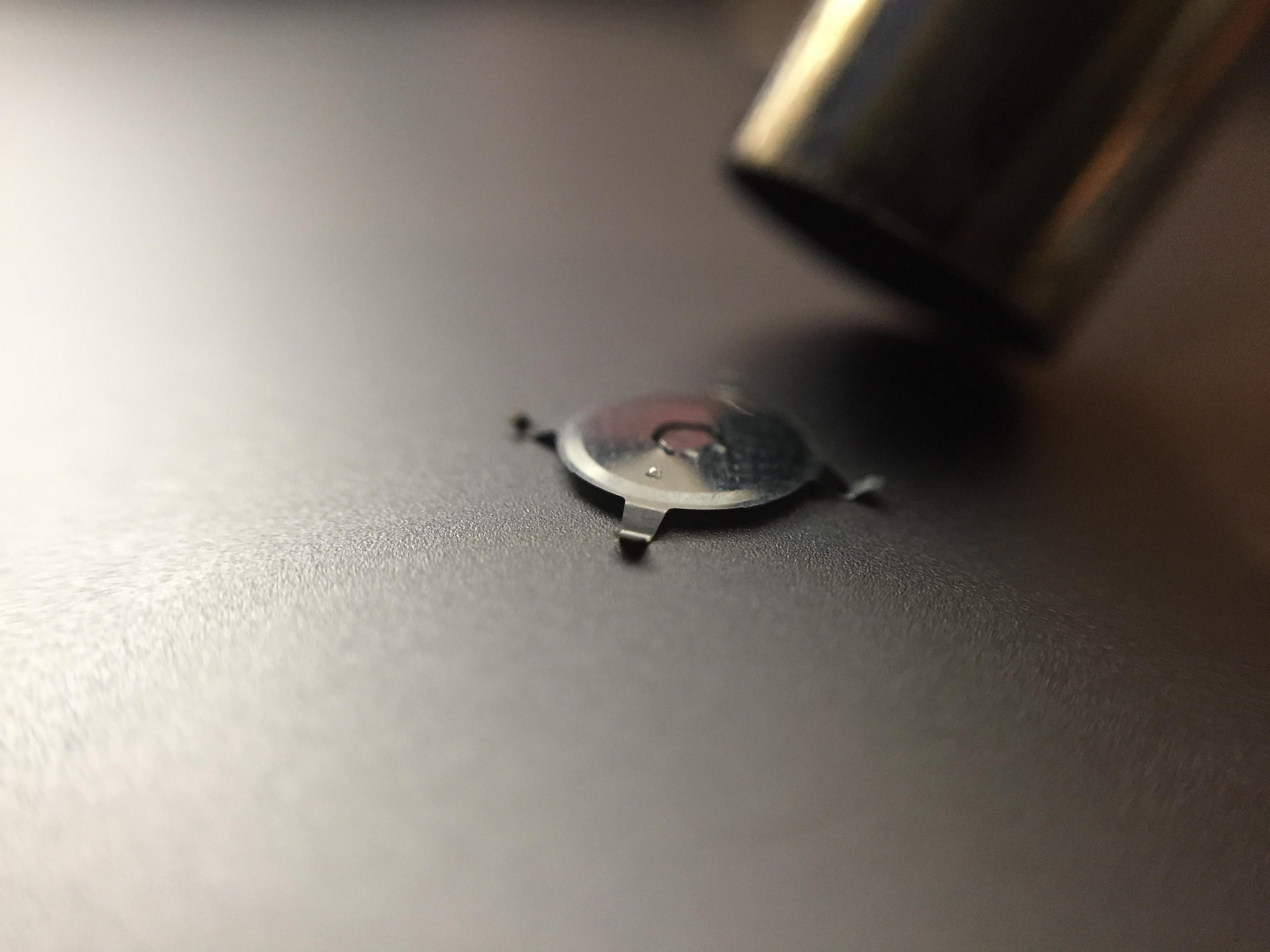
After a thorough analysis and complete deconstruction of the entire keyboard part, the author came up with the theory that Butterfly keyboards stop working simply because they are poorly designed. Non-functioning keyboards are probably due to wear and tear, which will gradually damage the previously mentioned contact surface.
In the future, no one will fix the keyboard
If this theory is true, virtually all keyboards of this type are destined for gradual damage. Some users (especially those active "writers") will feel the problems quickly. Those who write less can wait longer for the first problems. If the theory is true, it means that the whole problem has no real solution, and replacing the whole part of the chassis now is just delaying the problem that will appear again.
This shouldn't be such a problem considering that Apple currently offers a free repair for selected models. However, this promotion ends 4 years from the date of purchase of the device, and after five years from the end of sales, the device becomes an officially obsolete product for which Apple no longer needs to hold spare parts. This is a significant problem considering that the only person who can repair a keyboard that is destroyed in this way is Apple.
Make up your own mind about whether to believe the above or not. In source post there is a huge number of tests where the author describes all his steps and thought processes. In the accompanying pictures you can see in detail what he is talking about. If the described cause is true, the problem with this type of keyboard is really serious, and the dust in this case only served as a cover for Apple to explain to users the reason for their keyboard not working on 30+ thousand MacBooks. It is therefore very real that Apple simply does not have a solution to the problem and the developers simply stepped on the sidelines in the design of the keyboard.
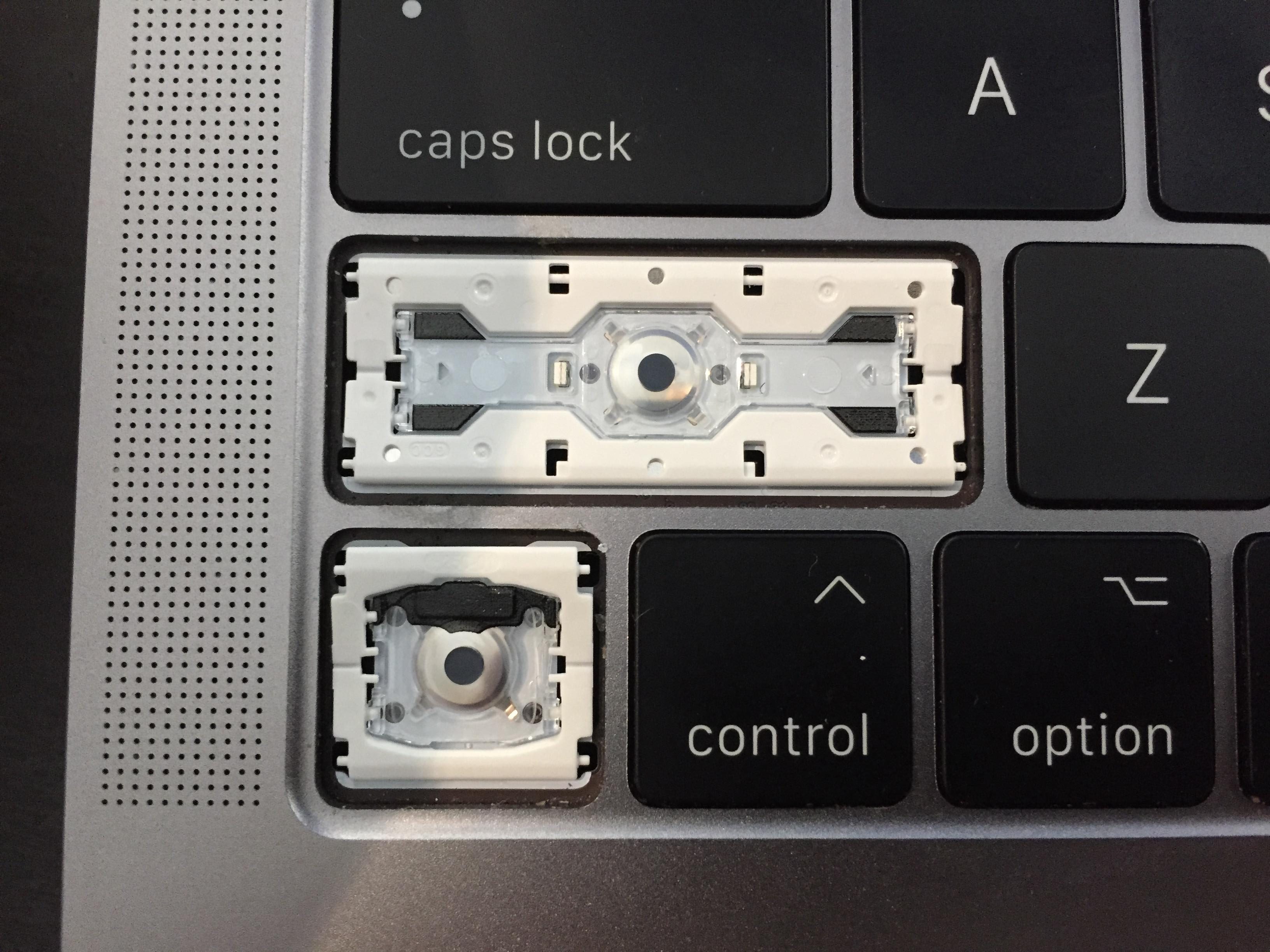
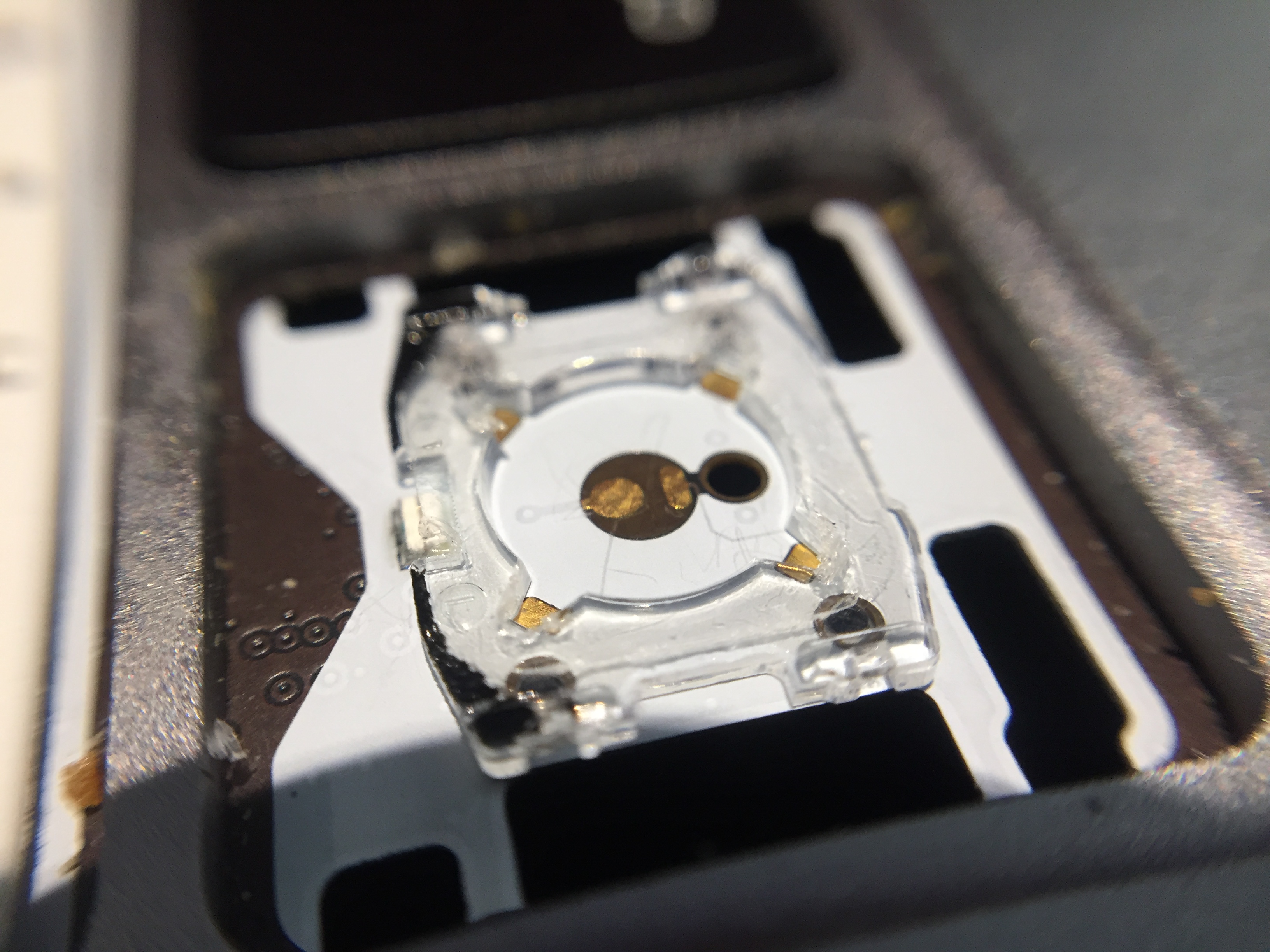
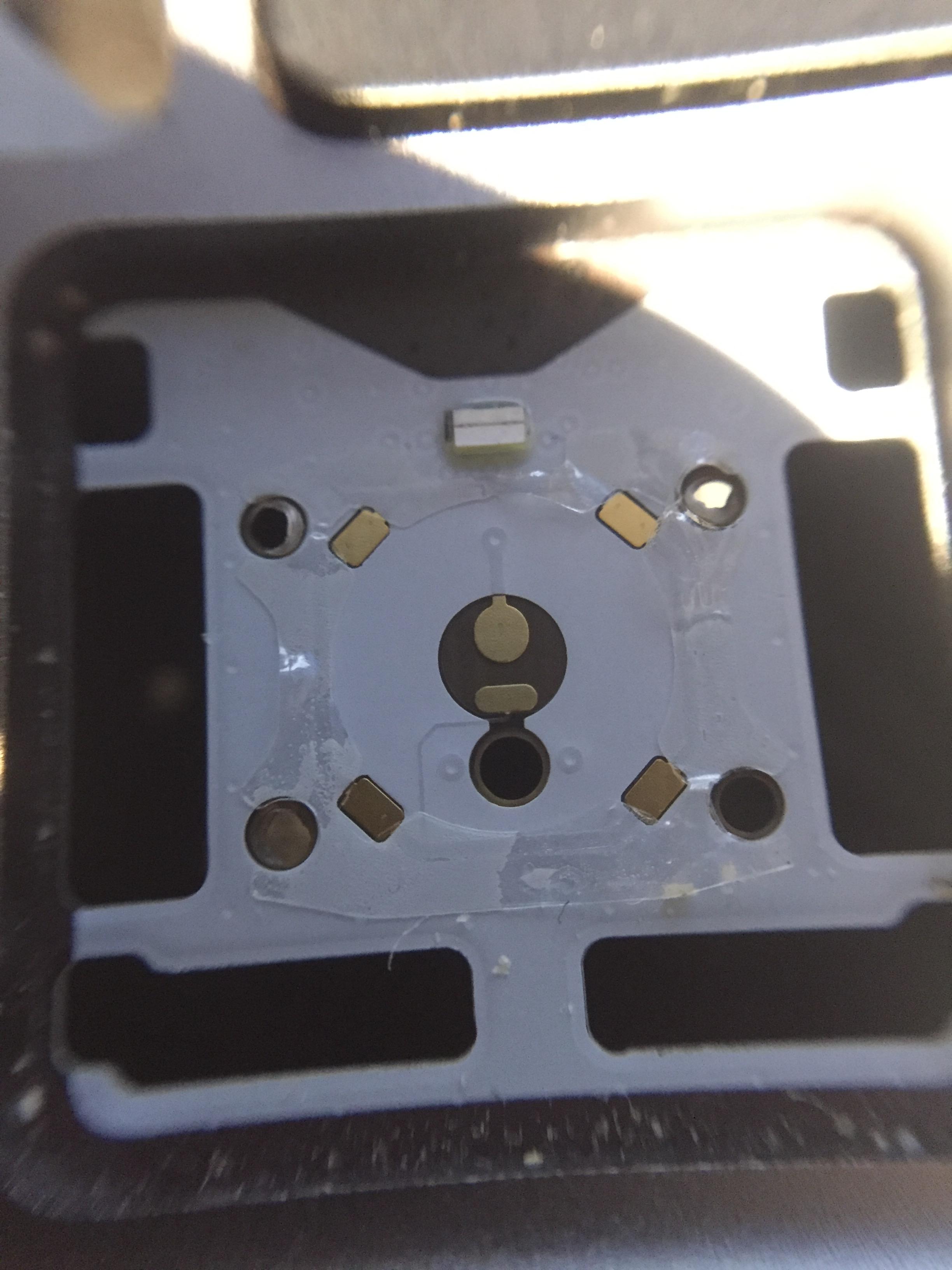
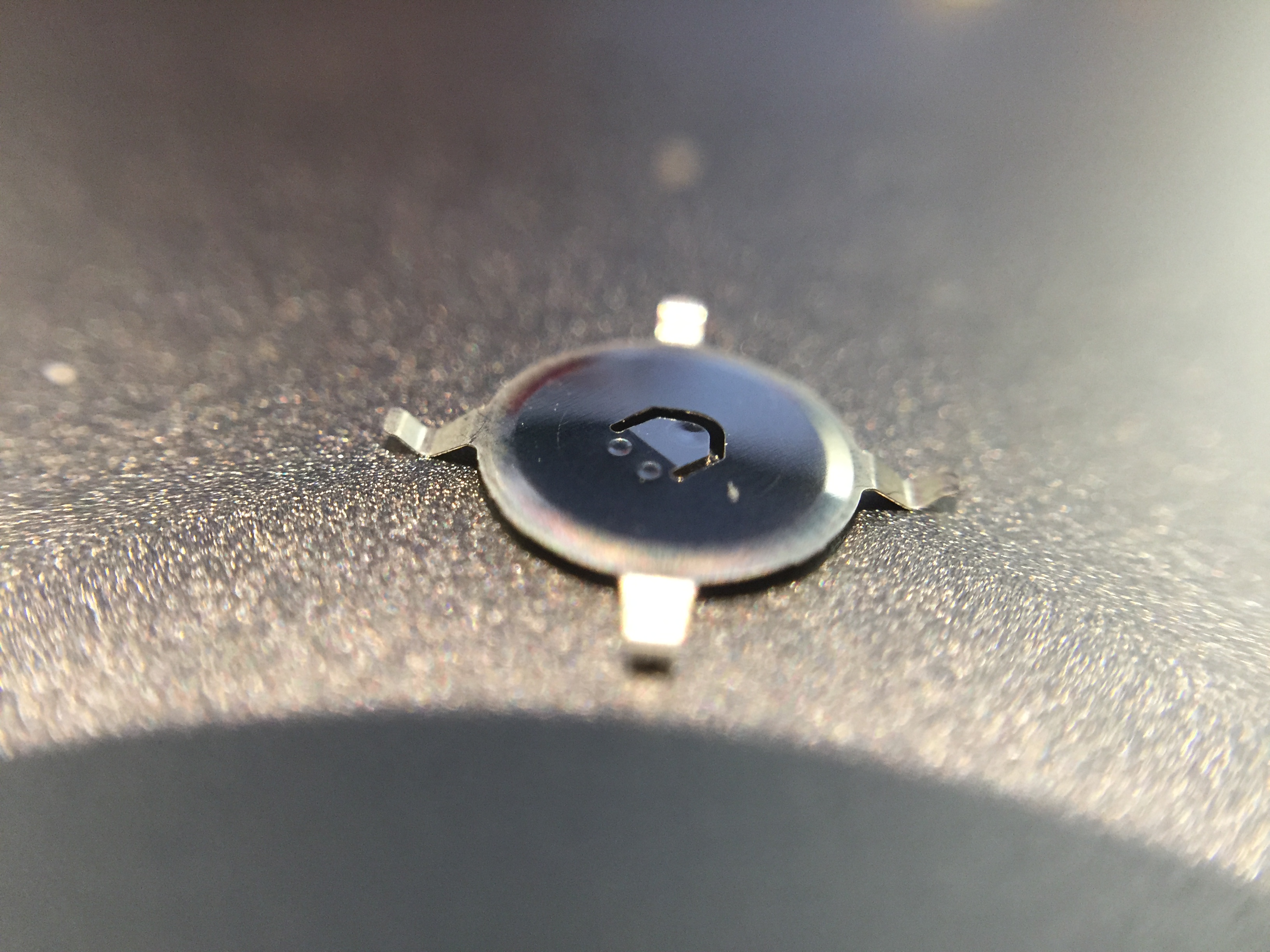
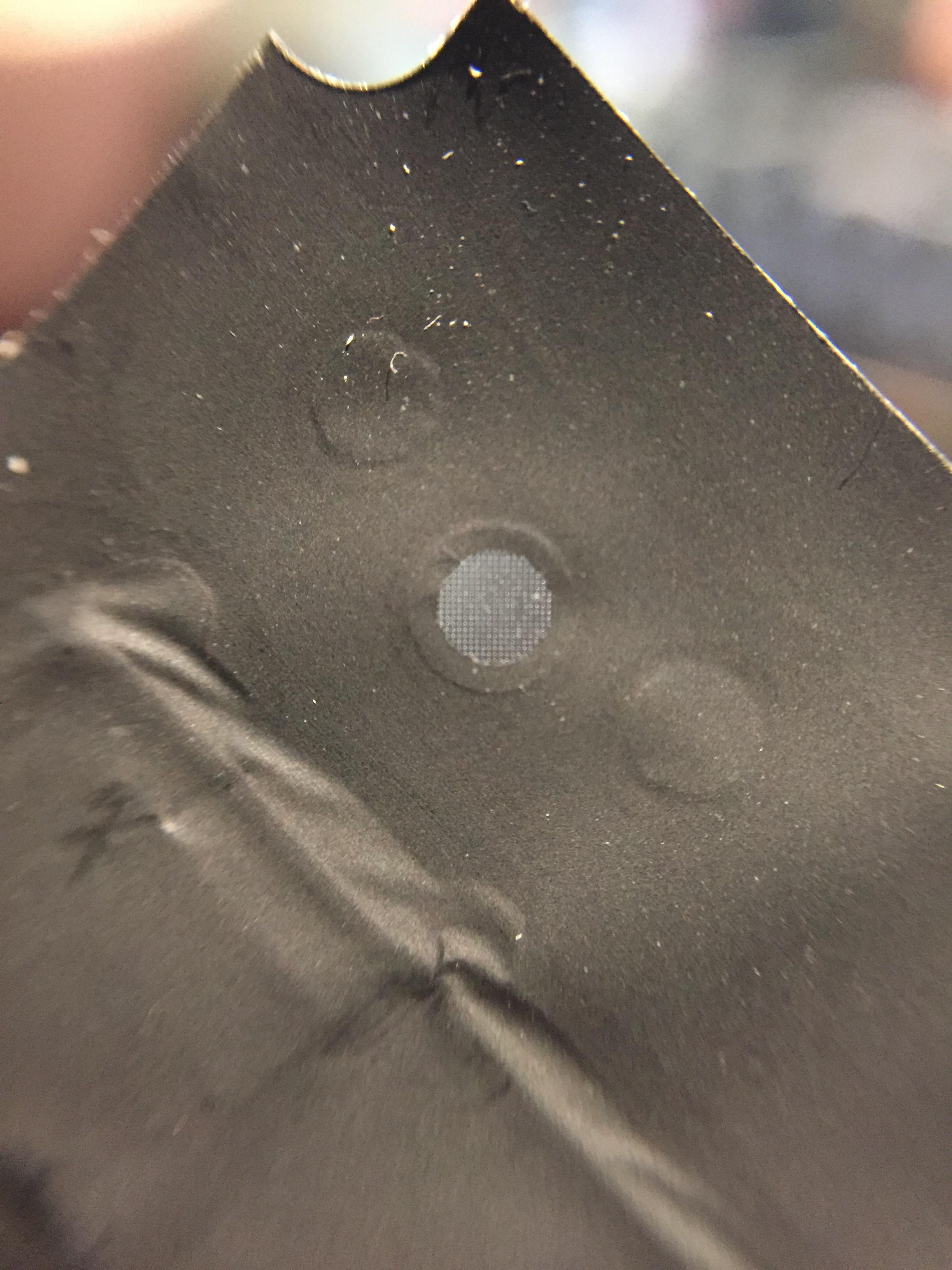
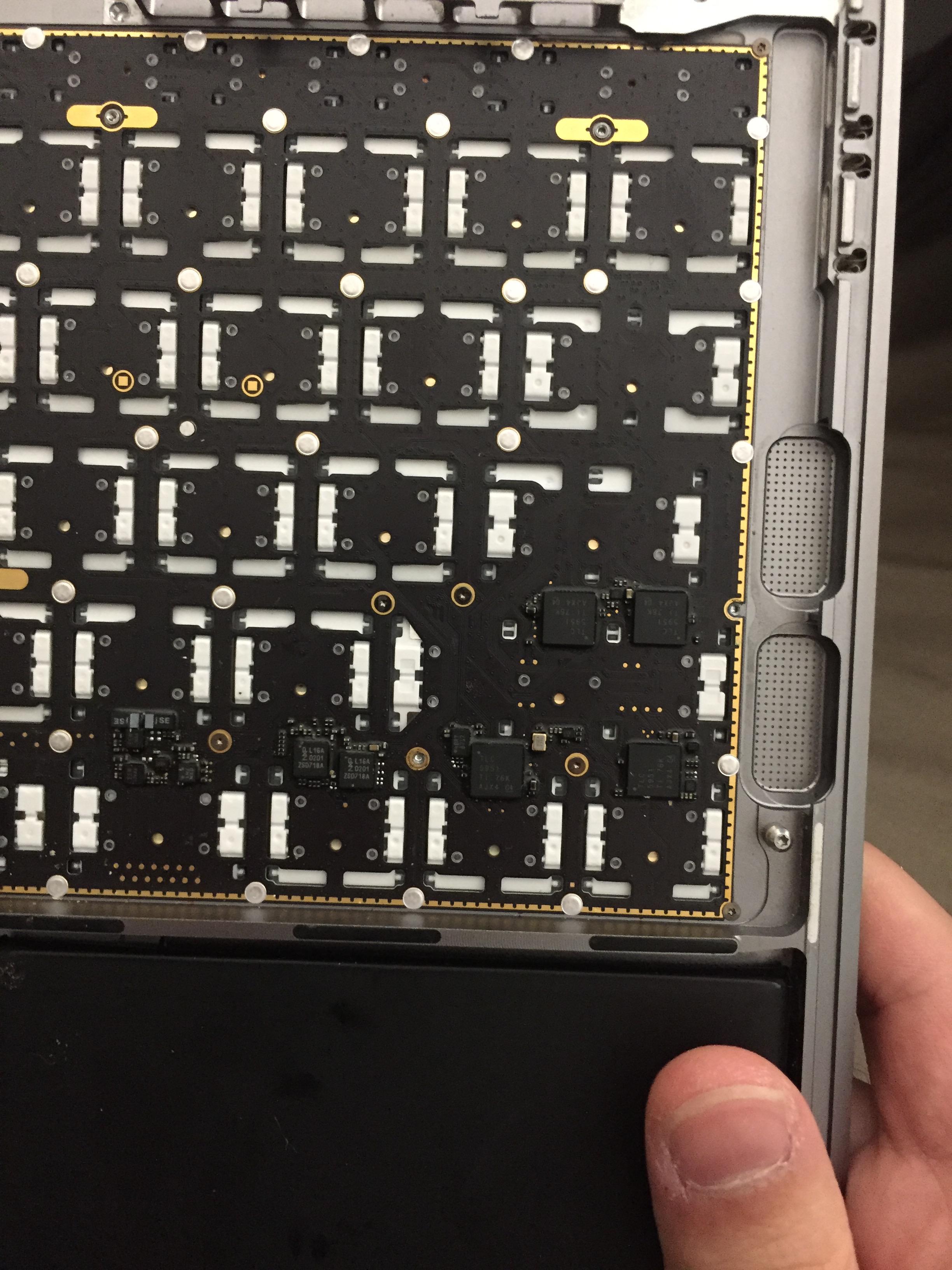
The conclusion from that original article was still worth mentioning:
"Right now is not a good time to be a Macbook owner or buyer, and please consider whether or not you wish to financially support a company that pulls stunts like these."
And an invitation to join the collective action against Apple: https://www.research.net/r/MacKeyboard
This looks like a much bigger deal than the Samsung Note 7 and others. In a way, this directly threatens the sale of one of Apple's core products.
It's just an inflated bubble again. Do you have real numbers on how many people this happens to? The ones who are dissatisfied are always heard on the Internet, and in the case of Apple, they want to multiply it by 10 to include the haters who don't even have anything from Apple.
And why will I be banned from the plane because of the keyboard?
Instead of his theories, the technician should have created some kind of mechanical device to simulate compressions and then we would see how long it would really hold up rather than just paying for a bunch of guesswork and unsubstantiated inventions.
Well, I think that there will be mass complaints against Apple and it will take care of the worldwide negative advertising. Not to mention that many will be disgusted by it and will reject Macbooks.
These are also from feminists, who I'm sorry can't fit an iPhone in their hand.
If the metal slab did not change size at 300 degrees, then either physics or the thermometer is wrong.
Hi, the keyboard still makes sense to me.
According to Apple, after three (five, six) years after buying a MacBook Pro for more than 2500 euros, I should throw it in ecological recycling and buy a new one with the same or other manufacturing defects. I have one mbp from 2009 and it still works. I have another mbp from 2016 and they already changed the motherboard on it because the ssd disk went away. I can expect to replace the keyboard, which will break anyway. And I can also expect a replacement of the display for 600 euros, because the cable to the display will break. They will replace it with the same ones with the same defect. And if Apple declares it obsolete, it will be irreparable and I have to pay more than 2500 euros for new ones. Well, I prefer Windows.
I am aware that one user is not a statistic, but I have MB PRO 2013 (I still use it at home and there is no problem). I had a working MB Pro 2016 (passed on, but continued to use it to my full satisfaction) and now I'm using a MB Pro 2018. I have it as my "only" computer (for travel and in the office) and it's perfect. I honestly admit that I use an external display, keyboard and mouse in the office. I haven't encountered a specific problem in the area yet.
I am thinking about buying an MBP and this case will not deter me. I switched to OSX. Sometimes I have to do something somewhere in Widly and then I realize how good OSX is. In general, I'm quite averse to technical issues. Whenever there were issues with the devices I owned, I didn't notice it on mine. The most common problem is always on the user side. No one can really tell you what she really did with the device. Everyone just points at the manufacturer for screwing it up. I don't believe the nonsense that I hardly ever wrote in the coffee shop, and if I did, only lightly and non-vulgar words.
I think that the technician is completely wrong with his theory! The problem is not inside the key contact, but outside. The dust is held under the key (plastic button) and it cannot be pressed home, and due to the total stroke, which is not even 1 millimeter, a small piece of tenths of a mm is sufficient, which will block the full pressing of the key and there will be no sufficient pressure of the heated piston. That's the whole problem.
But I still like that a bunch of screwdrivers feel smarter than a whole team of developers in California :-)
So we learned what the problem isn't, but we don't know what it is. Professional conclusion: it's stupidly invented :)
MacBook Pro - after 10 months the "9" key got stuck.. I repaired the MacBook, sold it and bought a MacBook Air - after a month the "TAB" key got stuck... I have to say that I am not completely satisfied, right?
so simply after 5 years you will have a super duper thin laptop and an external keyboard next to it :D
note this 'butterfly' plate was used, for example, as a trigger for Yashica compact cameras, etc.
Everyone is not perfect, not even your apple. :) They helped me here last time https://www.vymena-displeje.cz/2489-klavesnice-k-notebooku.
With Apple, the trackpad is usually responsible for the malfunction of the keyboard. Because they are tied to each other, if you disconnect the trackpad, the keyboard no longer works, the keyboard is paired with each other.
Recently, Apple has been producing laptops, see MacBook Pro 2017, with which I have problems. The keyboard stops working, heats up like a cow and the battery is in a miracle. MB 2012 works fine for me including the battery.
With the new MB, if the keyboard is angry, I take a guitar pick or similar plastic and carefully pry out the keyboard cover. I blow air, spread my finger and that's it.